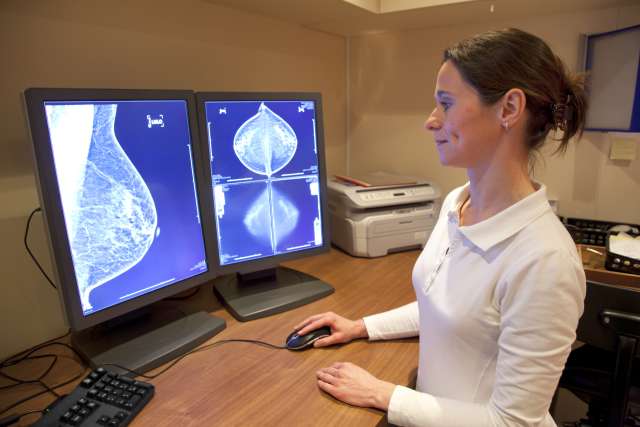Dr. Joseph D. Shirk, a member of the UCLA Jonsson Comprehensive Cancer Center’s Cancer Control and Survivorship Program, has been awarded a 2022 grant for $75,000 from the Margaret E. Early Medical Research Trust for his project, “A 3D tumor map for the surgical treatment of bladder cancer.” Each year, the David Geffen School of Medicine at UCLA hosts an internal competition to select UCLA’s nominee for this award. Having successfully achieved that milestone, Shirk advanced to the main cross-institutional competition for the grant itself, which he won. He hopes to validate surgical innovations to incorporate them into clinical practice across the spectrum of urologic oncology.
Shirk, who is assistant professor of urology in the David Geffen School of Medicine at UCLA, will use the funding to gather data regarding the accuracy of the 3D tumor map for bladder cancer, comparing it to the current standard of care to assess how it may improve surgery to remove bladder tumors.
Currently, bladder tumors are surgically removed using only the surgeon's vision as a guide. Unfortunately, this often leads to incomplete removal of the tumor. A virtual 3D tumor map is a novel system that uses data from a bladder MRI to show surgeons the extent and depth of bladder tumors, potentially allowing surgeons to better understand the shape and boundaries of these tumors and lead to consistent, complete surgical removal.
Up to 70% of patients with localized bladder cancer will experience incomplete removal of their tumors, resulting in relatively high rates of reoperations, recurrence, decreased efficacy of subsequent therapy, metastasis and death. The visual guide a virtual 3D tumor map offers could reduce both invasive intervention and harm, and build a more comprehensive operative plan.
3D imaging technology is rapidly being incorporated into various aspects of surgical oncology. Shirk’s team has completed two randomized clinical trials using the technology, first for kidney cancer, and most recently for prostate cancer. In each study, the virtual 3D models led to improved patient outcomes by better showing the tumor and patient anatomy. This often led to changes in the surgeon’s approach to the operation.
“Virtual 3D imaging technology is truly the next frontier in surgery,” Shirk said. “While surgeons currently use 2D imaging for surgical planning, this technique is suboptimal and may introduce unintentional errors. Virtual 3D models allow the surgeon to see the patient anatomy as they would in real life, leading to better surgical plans, better operations, and better patient outcomes.”




